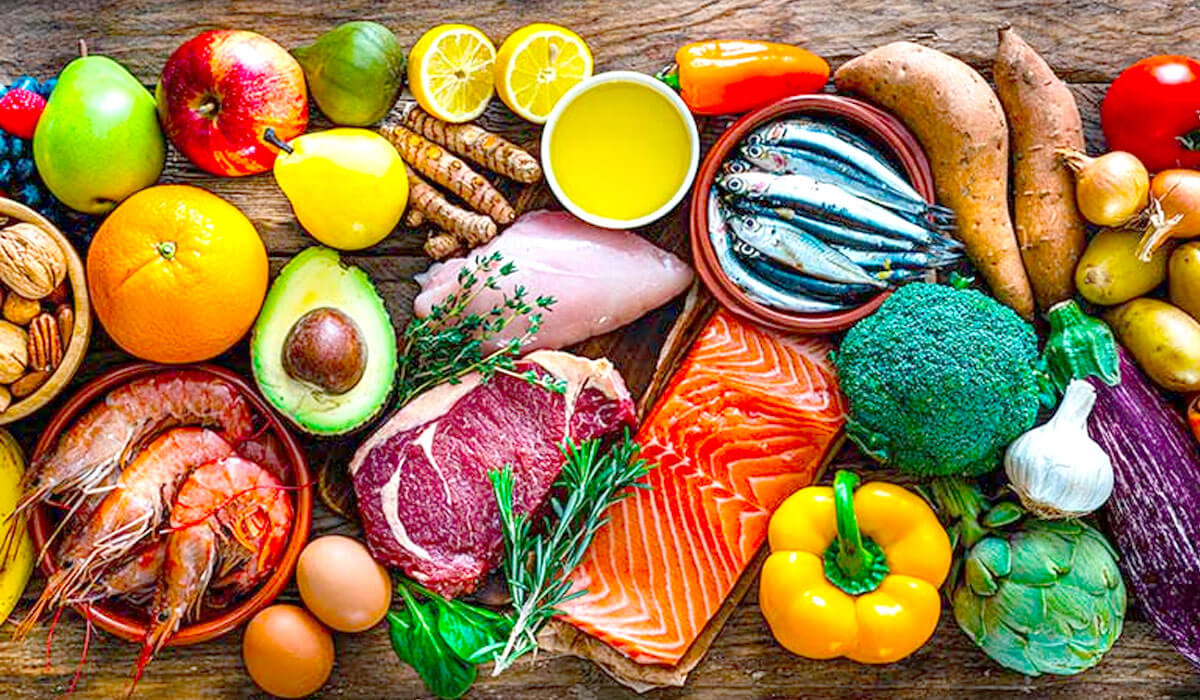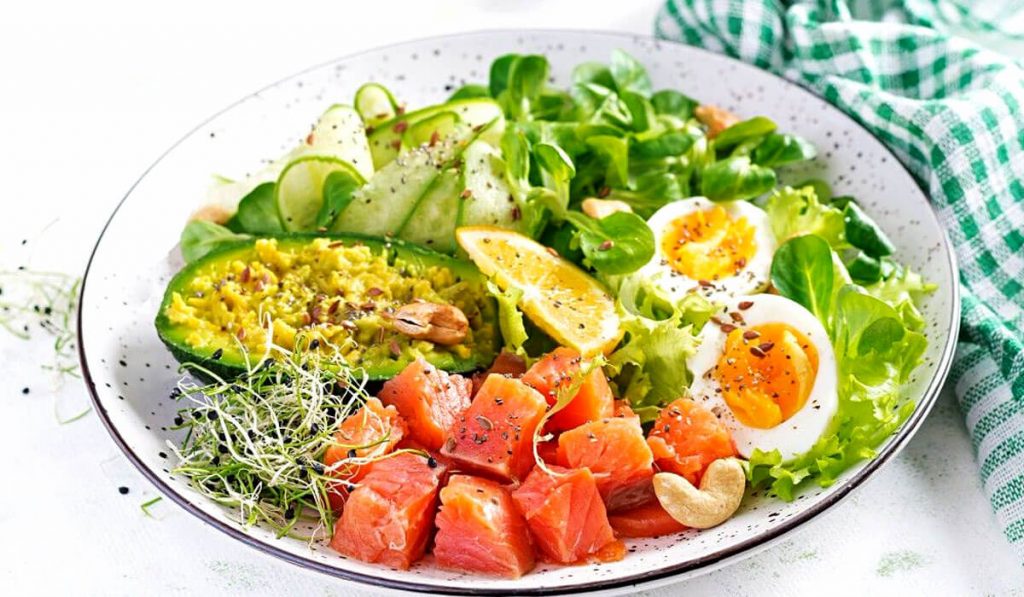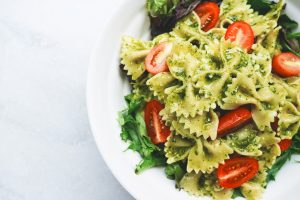
The Paleo Diet for Diabetes: Try or Pass?
The Paleo diet is becoming more popular than ever, thanks to social media sites like Instagram and Pinterest. This plan is similar to other wholefoods-based recommendations.
Learn more about the diet, how it differs from others, and its effects on diabetes below!
What is the Paleo Diet?
Also called the Caveman Diet, the paleo diet is made up of foods eaten by some of the world’s earliest humans. Ever hear of the adage, “Eat what your great-grandmother ate”? The paleo diet takes that advice to heart. Think: Eat what your great, great, great, great, great, great, great, great, great, great, great, great, great grandmother ate.
The goal of the diet is to ditch modern processed, chemically-manufactured foods in exchange for more healthful and natural choices. The paleo diet places an emphasis on fresh produce, lean meats, seafood, nuts, seeds, and healthy fats while cutting out dairy, grains, legumes, starches, processed sugars, and alcohol. As a result, people are expected to avoid today’s health conditions that didn’t plague our early ancestors–ones like heart disease, diabetes, and cancer.
 The paleo diet has been shown to help people with diabetes keep their blood sugars in check while lowering their blood pressure and cholesterol levels to boot. A study at the University of California San Francisco saw better blood sugar and blood pressure changes in a group of people who followed a paleo diet.
The paleo diet has been shown to help people with diabetes keep their blood sugars in check while lowering their blood pressure and cholesterol levels to boot. A study at the University of California San Francisco saw better blood sugar and blood pressure changes in a group of people who followed a paleo diet.Researchers aren’t completely sure why the paleo diet has so many health benefits for people with diabetes. Some doctors believe it’s because not all carbs are created equal. This means that carbs from fruit and vegetables contain different things than the carbs found in cereals and bread or the carbs that have been shown to raise blood sugar levels. By focusing on lean protein, the paleo diet also aids weight loss–it takes less fat and calories to feel full.
Paleo Approved Foods
There are many whole foods that people can enjoy on the Paleo diet. The emphasis is placed on eating things that humans were “meant” to eat. These foods are rich in vitamins, minerals, and antioxidants, and low in sodium and sugar.
Approved Foods:
- Eggs
- Meat
- Seafood
- Fruits and Vegetables
- Sweet Potatoes (Considered Paleo Friendly!)
- Healthy Oils (Olive, Coconut, Avocado)
- Tree Nuts and Seeds

Paleo Excluded Foods
There are certain foods you should avoid if you are following the strict Paleo diet plan. These foods are not recommended because of the high carbohydrate content, chemicals, additives, and preservatives.
Excluded:
- Dairy
- Grains (Wheat, Corn, Oats, Rice, etc.)
- Legumes (Beans, Pulses, Peanuts)
- White Potatoes
- Highly Processed Vegetable Oil (Canola, Corn, Soybean, Sunflower, Safflower)
- Artificial sweeteners
- Refined sugar
- Soda and other sugary drinks
- Alcohol
- Processed foods
Impact on Diabetes
Most of the foods in the Paleo diet are low in carbohydrates, meaning they are beneficial choices for individuals with diabetes. The need for insulin is reduced, which can help combat insulin resistance in patients with type 2 diabetes. In addition, several studies have shown benefits to weight loss and cardiovascular health markers like blood pressure and cholesterol. There is no evidence patients with type 1 diabetes could not have positive implications from the Paleo diet. This diet will not prevent or reverse insulin deficiency in the pancreas. However, the reduction in carbohydrate consumption could provide better blood glucose control for some patients. Patients will still require insulin and it will need to be adjusted accordingly.
Summary The Paleo diet is a great way to incorporate healthy foods into your lifestyle. Even though it may promise to, no diet works perfectly for everyone. So if you’re struggling to maintain your blood sugars or want to make changes to your eating plan, it’s important to talk to your doctor first. Giving the Paleo diet a shot, or simply incorporating a few foods off the list could be a great start!






